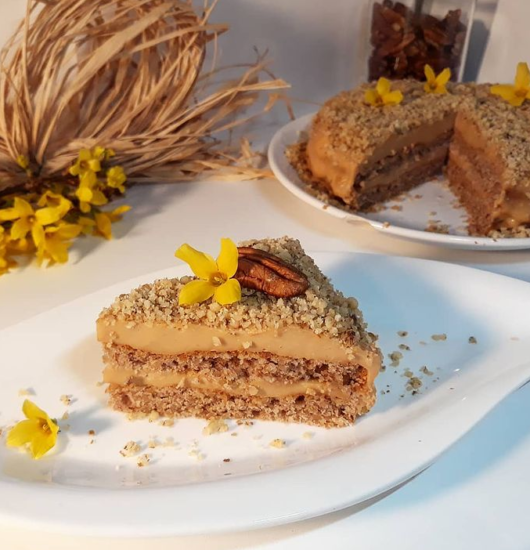Traditional Czech sweets
No foodie leaves Prague without first succumbing to its intriguing palette of traditional sweets. For at least 2 centuries Ovocné Knedlíky, (pronounced ovotsne knedliky) or fruit dumplings are part of Czech confectionery and there’s a very good reason for that.


Flour, milk, butter, eggs and dry cottage cheese (curd cheese)are knitted into a dough that is wrapped around the plums, blueberries, strawberries or other fruit before it enters a pan of boiling water for about 8 minutes.. The dumplings are then sprinkled with melted butter or cream, powdered sugar and ground poppy seed. This dessert is so hearty that can be easily eaten as a main dish.


Palačinky, pronounced Palachinky are the delicious crepe-like pancakes made of milk, egg yolks, flour, sugar, salt and vegetable oil (back in the old days Palačinky was traditionally consumed just before the start of the Lent Period with the Czech households using up their last remaining lard or animal fat).
They are filled with all sorts of sweet or even savory combinations. On the sweet side the most common filling is Quark cheese, whipped cream and fruits, mostly strawberries or apricot, some mix of jam, ice cream and occasionally chopped nuts, cinnamon and poppy seed.


Almost every Czech family has its own secret Κoláč recipes, passed down for generations, from grandmothers to mothers and daughters. its name comes from the Slavonic word for the wheel (kolo) and was applied to the round sweetened yeast loaves enjoyed for celebrations from the Balkans to the Baltic Sea after the 15th century. The small, middle, or pancake-sized round pastries were filled with different fruits, jams, sweet cheese, raisins, or nuts and became a semisweet treat that dominated the wedding celebration menus in Central Europe & Bohemia.


Prague is also pretty much identified with the spiral sweet pastry that is wrapped around a stick and grilled over an open fire, called Trdelník or just trdlo which is the word for the wooden stake the cake is wrapped around, giving it its characteristic hollow shape.
The original recipe came from a Hungarian general, that settled in a town on the border between Slovakia & Czech Republic in the 18th century. His Transylvanian cook was the one who first applied the tasty recipe that soon became a hit in the Austro-Hungarian recipe.
It is only in recent years that this cylindrical pastry has become a Christmas fad in Prague with many street vendors selling it around every corner of the open-air Christmas markets. The crunchy on the outside and soft in the inside roll of dough is coated in sugar, cinnamon and nuts, it is eaten fresh and warm and pairs up perfectly with a hot cup of mulled wine.
Finally, there is an Old Bohemian Honey cake you must try. Medovnik cake is a favorite in the Czech Republic as well as Russia, Ukraine & Croatia but is unknown to the rest of the world. It is a wafer-layered fusion of honey icing, topped with a powdery crumb layer. trimmed off pieces of wafer and ground walnuts.



